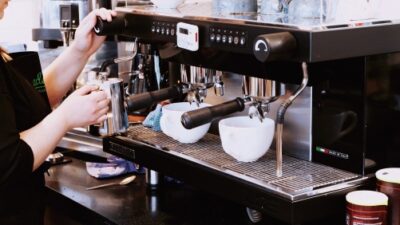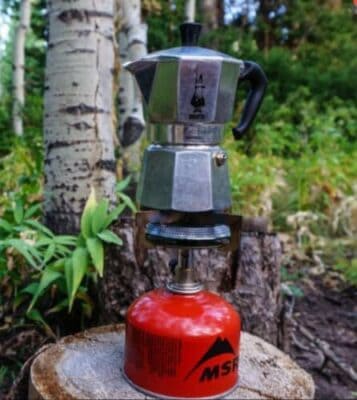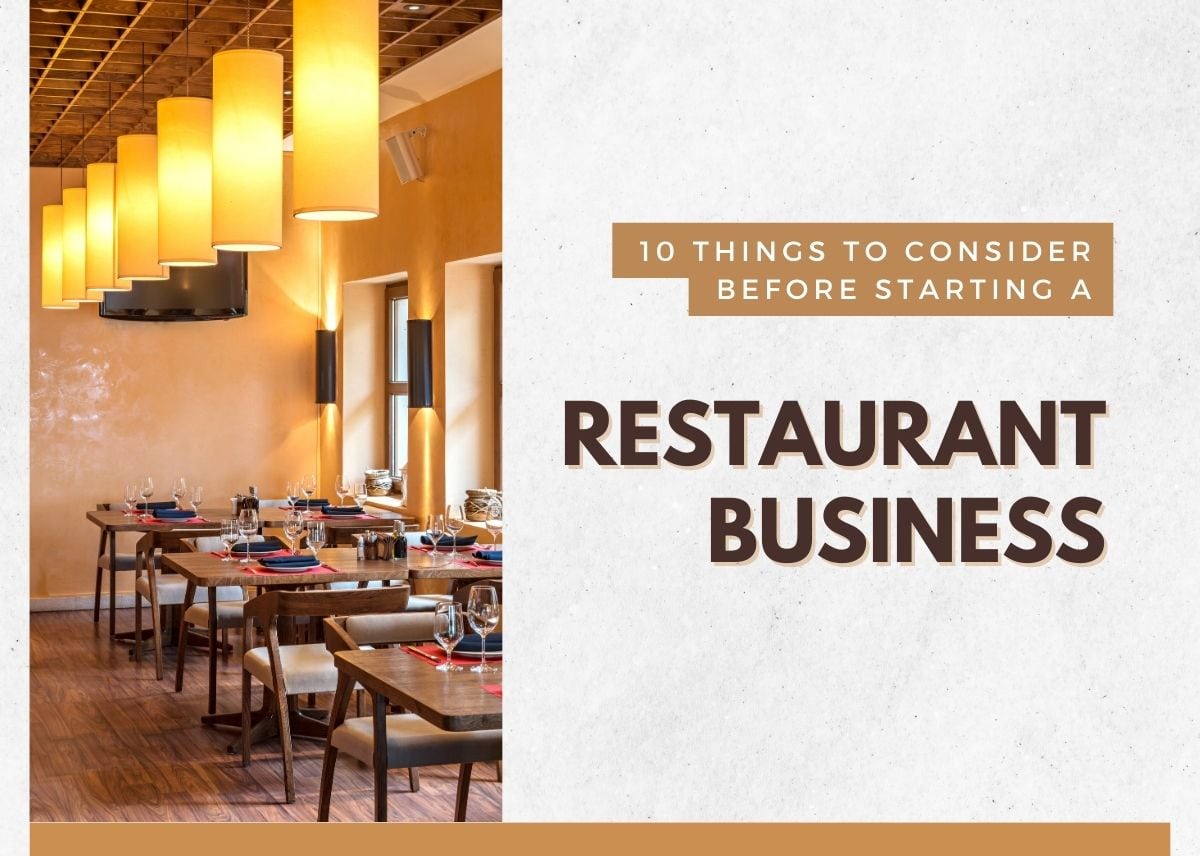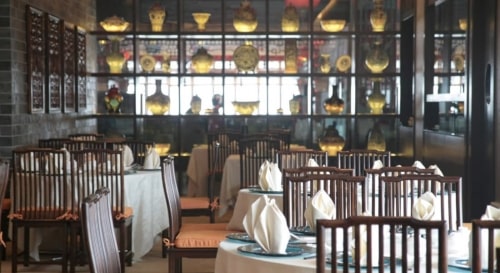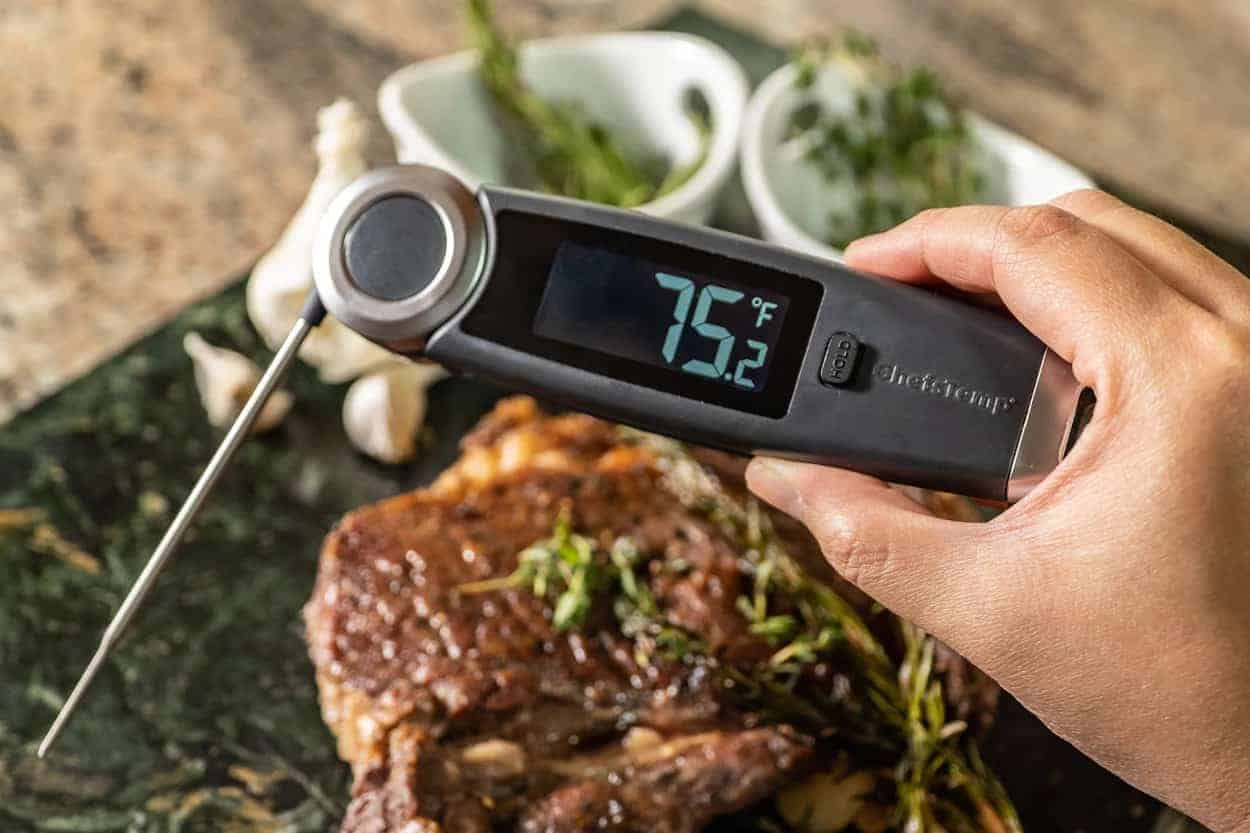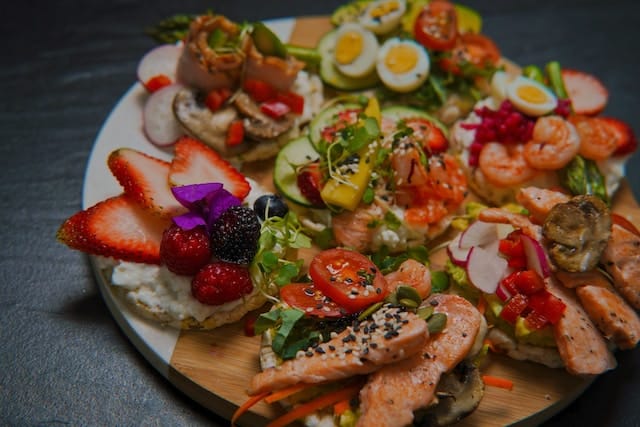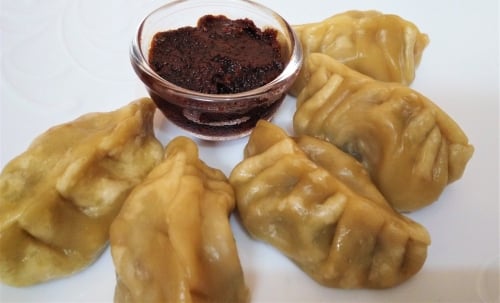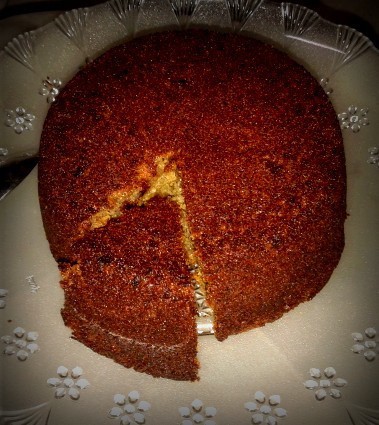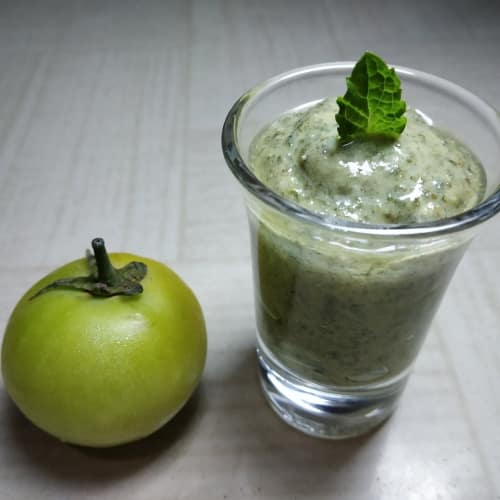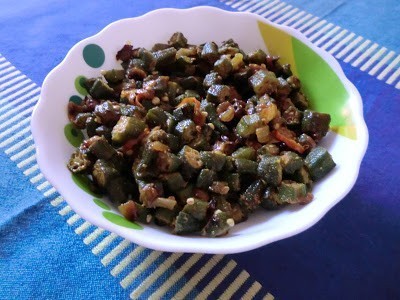The Secret To Making Your Coffee Beans More Tasty
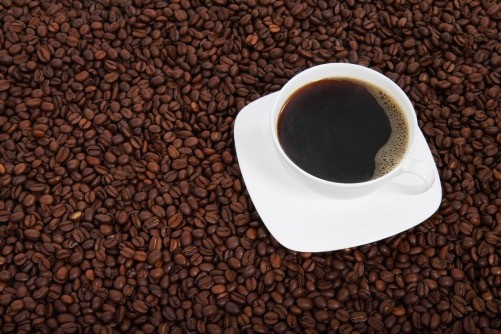
Before a coffee ends in your cup, it goes through several processes by saving its flavor and aroma from variety, altitude, farming, origin, soil type, processing, and brewing. However, if only one factor was supposed to be focused regarding the different flavors that we experience is about the roasting of coffee beans.
The process of roasting beans has been around all this while straight since the civilization realized that they can generate a fine, calm, and potent drink from the cherries of a coffee plant. The coffee roasting process has undergone several processes over centuries starting from heating the peeled beans over an open flame.
However today, roasting coffee beans is considered both art and science. This is because any unskilled and inexperienced roaster can potentially ruin a beautiful batch of beans. Hence, it takes great knowledge, experience, calculations, and sixth sense of an individual to extract the different essences of any green-colored coffee bean. Pick and brew has an excellent range of beans exclusively for you to explore. Do check it if you wish to get some excellent tasty coffee!
Without any further discussion, let us take a deeper insight into the coffee roasting process and how it creates an impact on the brews that you enjoy each day!
Coffee Roasting Profiles
Here are 5 coffee roasting profiles that have a great impact. Pick the one that you’d prefer!
- City Roast (400 – 415 degrees F)
This is the lightest form of roasting coffee beans to give it an excellent taste. With this, you can still get the original taste of the beans. However, keep in mind that this type of roast has the highest level of caffeine. This is because the more a bean is roasted, the more caffeine tends to break down.
- Full City Roast (415 –445 degrees F)
In a full city roast, beans are usually roasted until the time it is about to crack, or let’s just say, ten seconds to get the second crack. Through this process, the cellulose of the bean fractures thereby giving it a medium brown color shade.
- Vienna Roast (446 – 465 degrees F)
Vienna Roast generally involves a type of roasting in which the authentic character of the coffee gives a path to its roast character. Once you have this roasted coffee, your cup will taste full-bodied because it retains all its oils and aromatic compounds.
- Italian or French Roast (475 – 510 degrees F)
French or Italian roast is dark. In this type of roast, the beans turn into a darker and rich brown shade when the sugar starts caramelizing. Furthermore, these beans keep expanding but the aromatic compounds and oils get cooked off.
- Spanish Roast (520 – 530 degrees F)
In this type of roast, the components that give flavor and aroma to it get highly degraded. Spanish Roast takes place where we can say that the roasting is near to catching fire. As they start turning to carbon, beans will experience a third crack that results in a thin texture and if not burned flavor in most cases. However, several expert roasters can pull off this roast profile exceptionally ending up with a sweet-tasting coffee having mere or subtle acidity.
Process of roasting coffee beans
Roasting a coffee bean is similar to cooking. A roaster is required to keep a keen eye, nose, and ear on the beans. Right from the moment when beans are hit with heat, to roasting processes and whatnot, a great roaster knows it all.
Steps to roasting coffee beans
- Drying (zero to three minutes): where the coffee stays green itself. The moisture is taken away from it.
- Yellow to light brown (from three to eight minutes): Color changes take place as the sugar starts breaking down thereby leading to color change. You can get a toasted grain aroma during this process.
- First crack (from eight to eight and a half minutes): with excess heat, the beans crack. You can hear a clear and pop-up sound while it breaks.
- Development (from eight and a half to ten minutes): Here, a huge aroma and flavor change takes place.
- End of roasting. This involves cooling the beans.
- Degassing: The beans are de-gassed for 15 to 24 hours in a breathable container.
Conclusion
So here you go! Regardless of what you prefer, light or dark coffee, all that matters is the aromatic flavor and taste of your cup.
